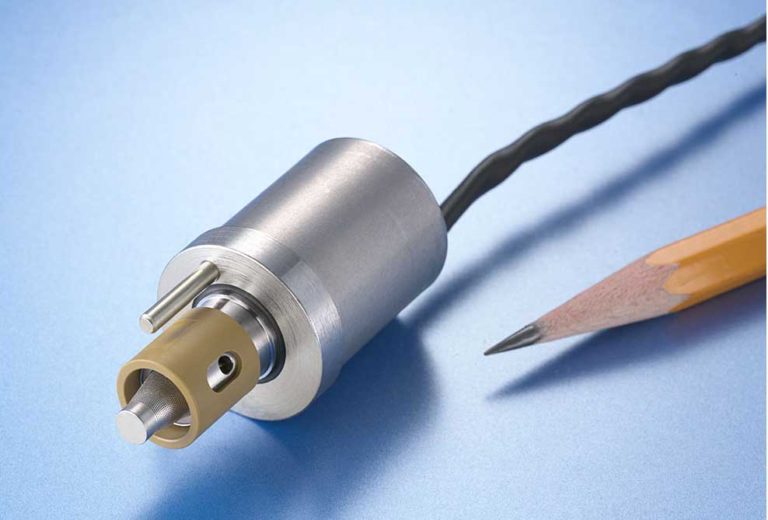The fast-moving world of motor racing technology is constantly changing because of the desire to gain an advantage in such a highly competitive arena, as well as the need to comply with ever-changing rules and regulations. This is especially true since the introduction of an all-electric racing series – the ABB FIA Formula E Championship.
Back in 2011, a decision was made to allow the use of driver-activated rear wings in Formula 1, a return to the motor sport 40 years after they were banned on safety grounds in the 1960’s.
This meant drivers could control the rear wing once they have been behind another driver for a set amount of time, thereby reducing drag on the straight and allowing greater opportunity for overtaking. The wings are raised and lowered by a large diameter hydraulic actuator which needs to move very quickly and therefore demands a fast-acting, high flow valve to control it.
In fact, Lee Products specifically developed its 250 series solenoid valve and a version of its 3-way, high flow solenoid valve for DRS at the request of its F1 customers and these were subsequently homologated by the FIA for use in F1.

Lee Products have sold hundreds of solenoid valves to all the F1 teams for a wide range of applications. These include, fuel flap, emergency clutch disengage, reverse gear selection, power steering, auxiliary lube oil tank top-up applications, as well as front wing control.
So, what about adopting the same principle and applying it to Formula E cars? At present, Formula E cars don’t have any hydraulics and potentially, electric actuators won’t be fast enough to do what the hydraulic ones can do, so this would be a new concept.
Here are some questions answered by Mike Stott our General Manager here at Lee Products regarding the potential of this design:
If DRS (Drag Reduction System) is legislated for Formula E to make it more exciting, would the current equipment used for actuation in Formula One cars be suitable?
Initially no because the actuators are hydraulically not electrically actuated and there is no hydraulic pump on a Formula E car to provide the pressure. However, this could be overcome either by adding a hydraulic accumulator which is charged before the race and/or an electric motor driven hydraulic pump.
Why couldn’t the actuators be electro-mechanical?
It’s doubtful that electro-mechanical actuators could match the speed of hydraulic actuators. Plus, they would be taking power out of the battery which is needed for the motor. Typically, the solenoid valve which controls the hydraulic actuator operates in 20milli seconds and the operation of the actuator is probably less than one second. An electric motor driving a worm screw would be too slow; it’s possible that there are linear electric actuators available, but it is likely that they would be too large and heavy to meet the speed and load requirements.
Isn’t this going to add a lot of weight to the cars?
Possibly. A study would need to be undertaken to see if it was better to have a large hydraulic accumulator to last the entire race or a smaller accumulator and a motor driven hydraulic pump to keep it pressurised. Initial thoughts are that the larger accumulator might be the preferred way to go because a motor driven pump would draw power from the battery which isn’t desirable and would probably weigh more than the difference between a large and small accumulator.